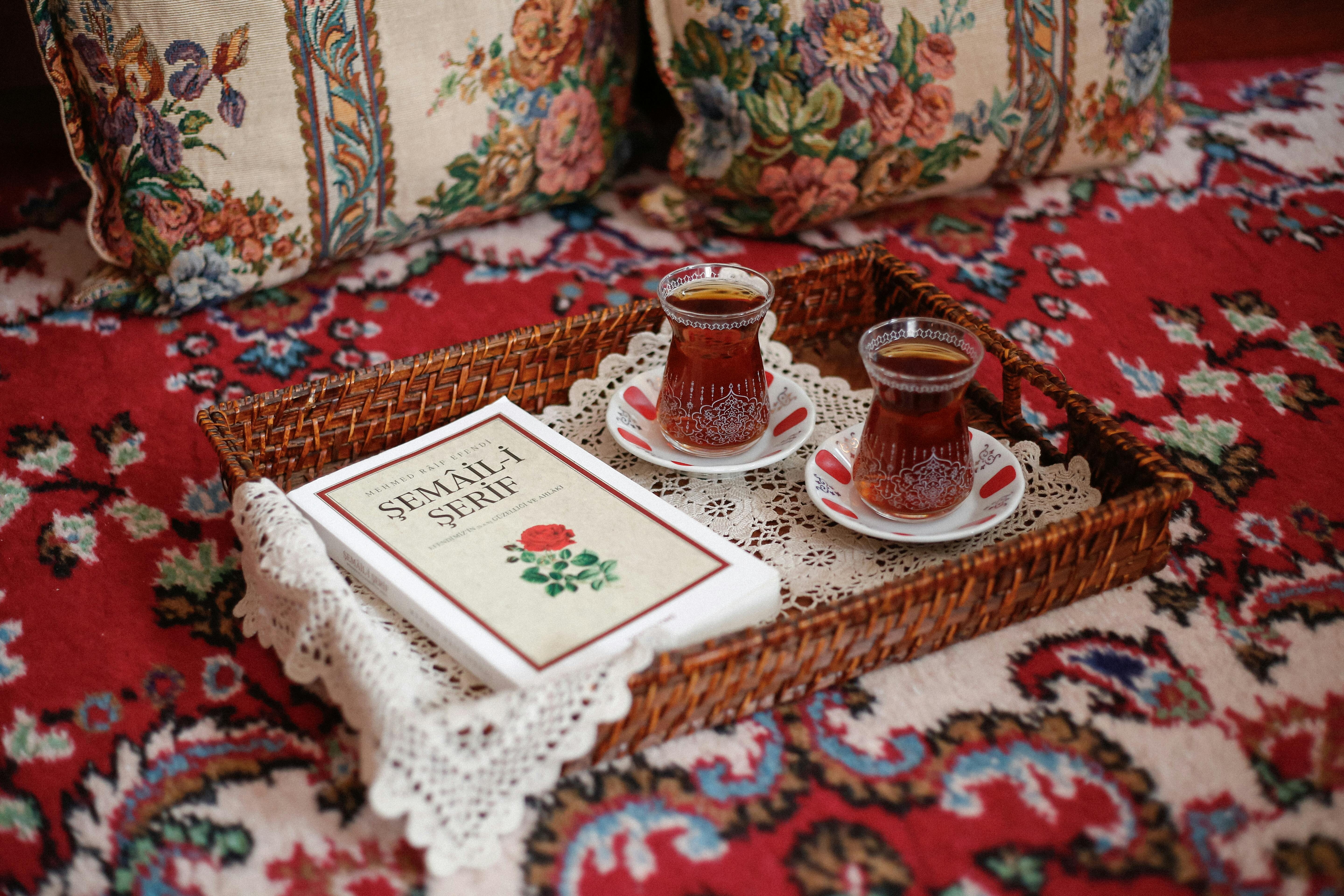Welcome to the world of woven crafts, where creativity meets tradition in a beautiful tapestry of handmade artistry. Woven crafts have been an integral part of human culture for centuries, from ancient baskets used for storage to modern decorative pieces that adorn our homes. In this comprehensive guide, we’ll explore the basics of woven crafts, focusing on the common materials and tools that form the foundation of this timeless craft.
Woven crafts involve interlacing materials to create sturdy and often intricate structures. The process can be as simple as weaving strips of paper or as complex as crafting large-scale installations. At its core, weaving relies on the interplay of warp (the vertical threads) and weft (the horizontal threads), which are manipulated to produce patterns and textures. This technique is not only practical but also meditative, offering a sense of accomplishment with each finished piece.
When it comes to materials, the options are vast and varied. Natural fibers like cotton, wool, and linen are popular choices for their durability and ease of use. Cotton yarn, for instance, is soft and versatile, making it ideal for beginners. Wool adds warmth and texture, perfect for cozy blankets or rugs. For more rustic projects, materials such as rattan, willow, or bamboo are excellent for creating baskets and furniture. Synthetic fibers like acrylic or polyester can also be used, offering vibrant colors and resistance to moisture. Don’t forget about unconventional materials like recycled fabrics or paper strips—they can add a unique twist to your creations and promote sustainability.
Equipping yourself with the right tools is essential for a smooth weaving experience. A basic loom is the centerpiece of any weaving setup; it can be as simple as a cardboard frame or as advanced as a floor loom for larger projects. Shuttles are used to pass the weft through the warp, while a beater helps compact the threads for a tight weave. Scissors, needles, and a tape measure are indispensable for cutting and finishing your work. For those working with rigid materials like wood or reed, tools such as awls, clamps, and mallets come in handy. Investing in quality tools not only improves your results but also makes the process more enjoyable.

As you dive into woven crafts, start with simple projects like coasters or small mats to build your skills. Practice basic weaves like the plain weave or twill, and gradually experiment with colors and textures. Remember, the beauty of weaving lies in its imperfections—each piece tells a story of patience and creativity. Whether you’re crafting for practicality or pleasure, woven crafts offer a rewarding outlet for self-expression. So gather your materials, set up your tools, and let your imagination weave wonders!




This post is so informative! I’ve been wanting to try weaving, and now I feel confident to start with the basics. Thanks for the tips on materials.
I love how you emphasized sustainability with recycled materials. It’s inspiring to see traditional crafts adapting to modern values.
Great introduction! I’d add that using a variety of textures in your materials can really elevate a project. Keep up the good work!
The tool recommendations were spot on. I just bought a simple loom and can’t wait to get started. Any advice for avoiding common mistakes?